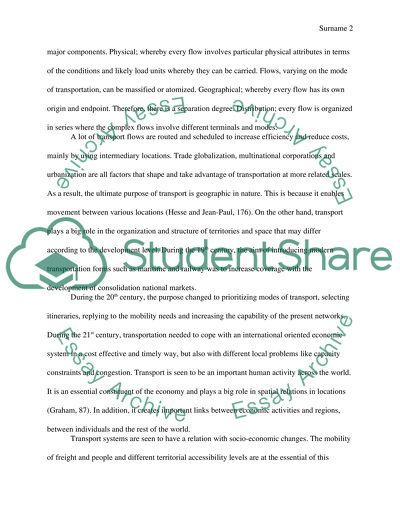Cite this document
(“Transport geography Admission/Application Essay”, n.d.)
Retrieved from https://studentshare.org/geography/1639508-transport-geography
Retrieved from https://studentshare.org/geography/1639508-transport-geography
(Transport Geography Admission/Application Essay)
https://studentshare.org/geography/1639508-transport-geography.
https://studentshare.org/geography/1639508-transport-geography.
“Transport Geography Admission/Application Essay”, n.d. https://studentshare.org/geography/1639508-transport-geography.


